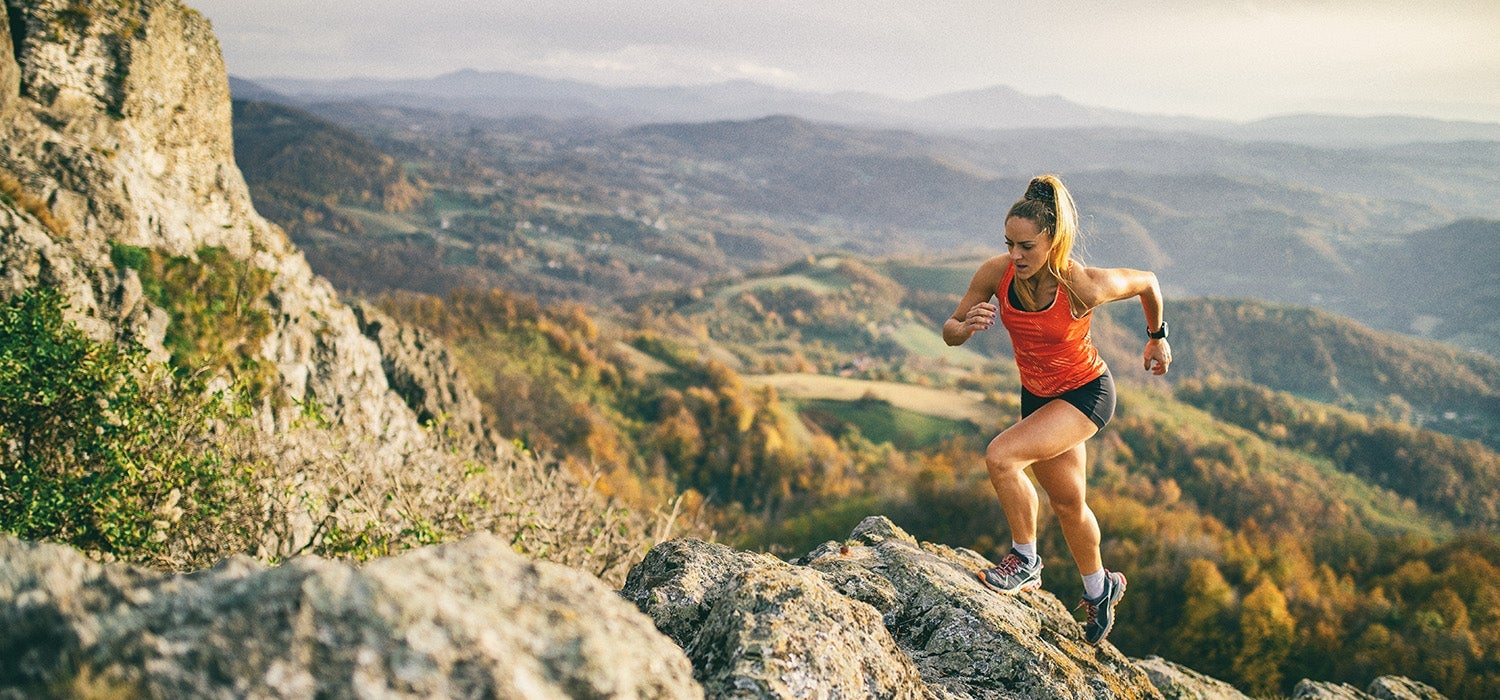Gaze around at contests such as the GoPro Mountain Games and Red Bull Rampage, and you might think that only men play sports—on a professional level, anyway. Women’s sport sponsorship lags well behind men’s, and although comparative data is scarce, the one nation that did study the gap (the United Kingdom) found that women’s financial support amounts to just 0.4 percent of the total. The study didn’t analyze race, but athletes of color may find sponsorship even harder to secure. And yes, that 0.4 percent figure was tallied within this decade, not last century (as the inequity might suggest).
Some blame women’s lagging financial support on sports brands and leagues, highlighted by last summer’s controversy over soccer payouts: the U.S. women’s national team sued the United States Soccer Federation, claiming that the men’s team earned more money despite the women’s stronger performance (with four World cup wins).
Yet in some cases, female pros earn less because they ask for less. That’s what pro paddler Emily Jackson has seen at Jackson Kayak, where she’s spent the past ten years managing the company’s sponsorship applications. “The girls never ask for even half of what the guys do, even if they’re ten times more valuable,” Jackson said. “Maybe women aren’t as confident in their ability to deliver, or maybe they’re afraid to offend people by asking for too much. Or maybe women are afraid to hear, ‘No, you’re not worth that,’” Jackson speculated.
Men, meanwhile, seem to have no qualms about shooting for the moon when they seek sponsorship deals—as Jackson has observed through her job and even within her own family (her brother, Dane Jackson, and husband, Nick Troutman, are both pro paddlers). “They know their worth, so they ask for that,” Jackson said. “My husband gets a lot of no’s, but he doesn’t care. It’s worth it to him to ask. And that approach has worked really well, because he has a great sponsorship platform,” she explained.
In business, as the saying goes, you don’t get what you deserve: you get what you negotiate. So when brands receive a lowball sponsorship request, said Jackson, they celebrate—and rarely offer more. “Brands are trying to do the most they can with the budgets they have, so they’re not going to say, ‘We think you’re worth more than that.’”
Sponsoring Women Benefits Brands
When female pros do ask for equal sponsorship payout, brands must be ready to deliver—and that hasn’t always been the case, said Holly Rush, CEO of Costa Sunglasses, which Rush says has “historically, been a very male-focused performance eyewear brand.” When she joined the company in 2016, 75 percent of Costa’s sales were to men. To broaden its appeal and grow overall revenue, Costa developed new, more feminine frames while also investing in female pro anglers (100 of them, currently). It funded an all-women team that competed in the prestigious Los Sueños Billfish Tournament, and produced a film called Slam that chronicled female pros’ quest to land three elusive species in one day.
Now, just three years later, women represent the fastest-growing segment of Costa’s business and account for nearly 40 percent of its sales. In fact, the “Waterwoman” style that Costa released in January 2019 has become the company’s number one SKU by a margin of four to one.
“You’ve got to bring product to market that really resonates,” said Rush. “But the consumer also has to see women representing the company, and those women have to be as approachable as they are aspirational, because consumers make choices based on the images that reflect who they are,” she said.
Salomon has seen similar trends with its snow sports and trail running lines. “Consumers relate to people that are relevant to them,” said Becky Marcelliano, outdoor marketing manager for Salomon North America. Thus, Salomon has long pursued a balanced roster of male and female pros, including Nordic skier Jessie Diggins and trail runner Emelie Forsberg. Their exploits attract both existing and potential consumers, and they entice audiences to pay attention to the brand between product launches.
“We want consumers to keep Salomon top of mind as they consider purchases, and athletes are a big part of that,” said Marcelliano, who points to the success of the “Any Path. Your Way” video that Salomon produced to support its May 2019 women’s campaign. The clip garnered 3.4 million views (compared to a more typical 700,000) and corresponds to impressive sales of Salomon’s new OUTline shoes: Ssome key retailers are reporting that women’s versions are outselling men’s, which is “not normally the trend,” said Marcelliano.
Sponsorship Is About More than Just Marketing
Social media audiences represent a quantifiable way to gauge athletes’ appeal, but it’s not the only metric of their value, said Tyler Willcutt, athlete manager for Black Diamond (which sponsored Lynn Hill when there were virtually no female pro climbers, and now maintains a balanced team of male and female athletes across climbing, skiing, and mountain running). “A lot of our athletes also go to events, where they teach clinics and interact with consumers in person,” Willcutt explained.
Black Diamond also invites its sponsored pros to contribute to product design: runner Hillary Gerardi, for example, is guiding the development of a forthcoming hydration vest that’s built specifically for women. “A man is not going to design a women’s pack the way a woman could,” said Willcutt. “And when Hillary invests in a product like this vest, other people can see that she loves it, and that’s authentic. It’s not a marketing setup,” Willcutt explained. Without women on Black Diamond’s sponsorship roster, its women’s product would suffer—and female consumers would be justified in looking elsewhere.
But as brands increasingly appreciate (and fund) female pros, those athletes must also recognize their value by asking for what they’re truly worth. Companies may say no, but they’re ever more likely to say yes—especially if they’re savvy about courting female consumers. After all, women do play sports, and they deserve a platform—not just at regional comps and women’s clinics, but in the world’s biggest showdowns.


